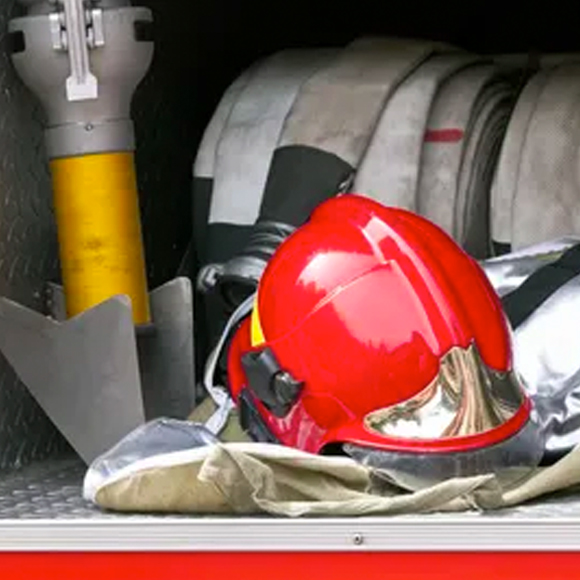PASSIVE FIRE
Passive fire protection is about preventing, slowing, or compartmentalizing the spread of fire. This can be achieved through the installation of fire-resistant doors, walls, ceilings, floors, or a combination of any or allis. It's a legal requirement and as important as active fire protection.
Passive fire team
Mainly responsible for fire register, collecting building baseline data to the builder.
1. Structural fire protection: Protects key structural components. It is typically achieved by fireproofing with a substance that is flame retardant.
2. Compartmentalisation: Barriers that prevent the spread of flames. These partitions can include everything from fire-rated walls through to dedicated smoke and flame barriers.
3. Opening protection: Apertures such as doors, windows, or air ducts that can compromise a fire barrier need to be strong enough to withstand flames.
4. Firestopping: Perhaps the greatest risk in terms of a fire spreading is small flaws or penetrations in a fire barrier.
1. Structural fire protection: Protects key structural components. It is typically achieved by fireproofing with a substance that is flame retardant.
2. Compartmentalisation: Barriers that prevent the spread of flames. These partitions can include everything from fire-rated walls through to dedicated smoke and flame barriers.
3. Opening protection: Apertures such as doors, windows, or air ducts that can compromise a fire barrier need to be strong enough to withstand flames.
4. Firestopping: Perhaps the greatest risk in terms of a fire spreading is small flaws or penetrations in a fire barrier.
PARTNERSHIP











